Bluebell bounty for rarer white bluebell
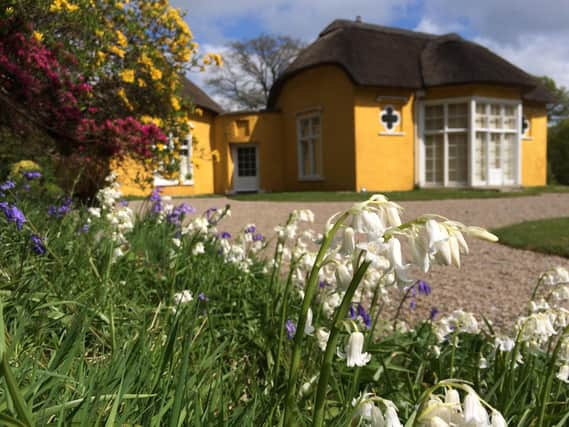

This year, the displays are more vibrant than ever with fewer of these delicate plants being crushed underfoot as people follow government guidance and exercise locally.
Although many of us might not be able to witness the spectacular displays in person this year, the National Trust are sharing pictures of bluebells from their places, including images of the rarer white bluebell found in abundance at Derrymore, in Co Armagh.
Advertisement
Advertisement
Rosemary Mulholland, National Trust ranger at Derrymore explains more: “Bluebells usually bloom in late April or early May and can carpet the floor of a wood, filling it with a beautiful, delicate scent and providing much needed nectar for bees, butterflies and other insects.
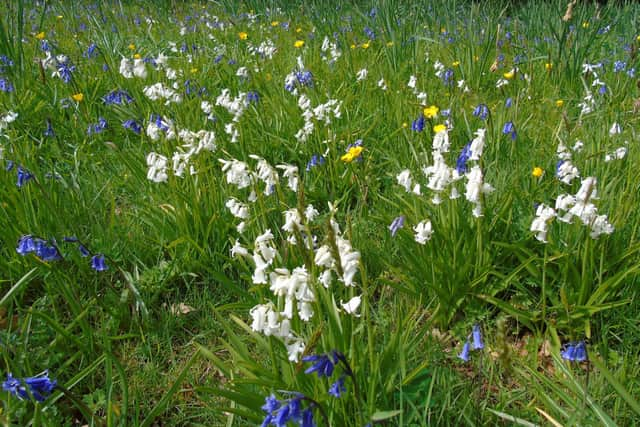

“Our native bluebell is a lovely dark, violet blue, with a drooping head and flowers that hang down on one side of the stem. They are often associated with ancient or long-established woodland and it can take up to five years for a bluebell bulb to develop from a seed.
“Very occasionally, within a population of Bluebells, a genetic mutation may occur, which results in a white flowered bluebell. It is estimated that the proportion of blue to white flowered bluebells is 10,000:1.
"In the woods of Derrymore there are only a handful of these wild white bluebells but we think that at some stage in the past, the occupants of Derrymore House, or the gardeners on the site, collected the white bluebells and propagated them, planting them around the house where they have now multiplied and are growing happily beside their more conventional blue companions.”
Advertisement
Advertisement
In folklore, bluebells are also known as ‘fairy flowers’ and that the story goes that picking one could result in being led astray or trapped by fairies. Surely the rare and beautiful white bluebell must be even more magical!
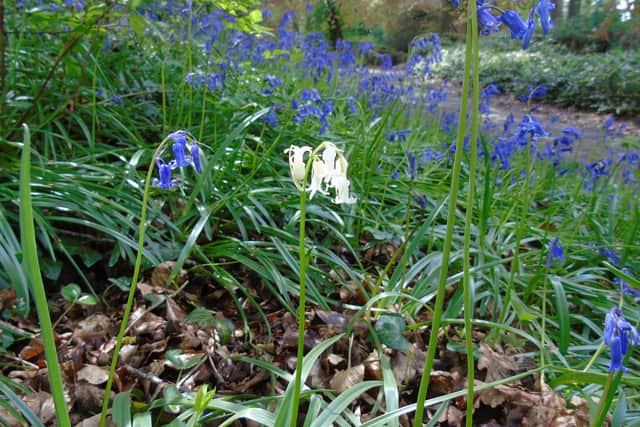

Bluebells are under threat from habitat destruction and hybridisation with non-native bluebells and can also be badly damaged by trampling. They are protected under the Wildlife and Natural Environment Act (Northern Ireland) Order 2011, making it illegal to dig up the plant.
Ongoing woodland conservation and forest floor clearance is helping to create more suitable habitats for bluebells to bloom. Thanks to the support of members and supporters, National Trust rangers and gardeners are able to take great care of these special flowers.
Facts & Folklore
Bluebells have fascinated us for centuries, and there’s certainly plenty of folklore about these delicate blooms. Here are some weird and wonderful things you might not know about bluebells:
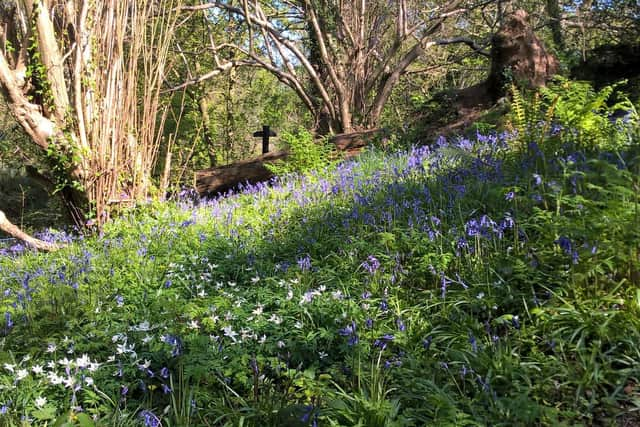

Advertisement
Advertisement
Almost half the world's bluebells are found in the UK. They’re relatively rare in the rest of the world – which makes our bluebell woods all the more special.
The bluebell has had many names over the centuries, including: wild hyacinth, ring o’ bells, bell bottle, cuckoo’s boots, lady’s nightcap, witches’ thimbles…
Bluebells can take years to recover after footfall damage. If a bluebell’s leaves are crushed, they die back from lack of food as the leaves cannot photosynthesise.
Bluebell sap was used as a glue in the 1600s (and possibly as far back as the Bronze Age) to attach the feathers (‘fletchings’) to their arrows. Later on it was also used for bookbinding – and as the sap is toxic it stopped certain insects from attacking the binding.
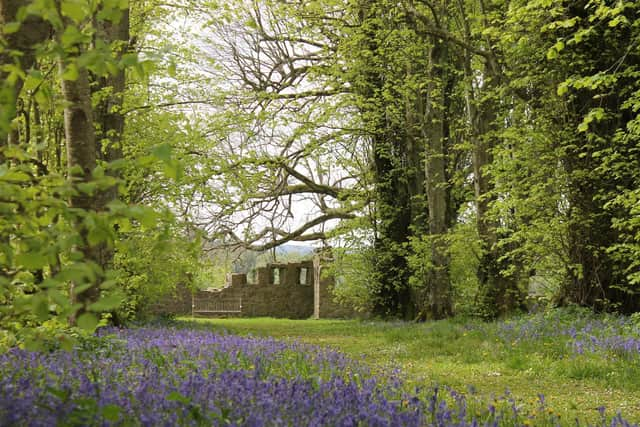

Advertisement
Advertisement
In the Elizabethan period, the big ruff collars were often stiffened using starch made from crushed bluebell bulbs.
Bluebells are poisonous to humans if eaten, but that didn’t stop them being used as in various folk medicines throughout the centuries. Herbalists thought that hanging bluebells beside your bed would help prevent nightmares, and they were also believed to be a remedy against leprosy, spider-bites and tuberculosis.
In folklore bluebell woods were said to be home to faeries, and the bells would ring at daybreak to call the faeries home from their wanderings – but misfortune would befall any human who heard them. There was also a belief that anyone wearing a garland of bluebells would be compelled to tell the truth.
In the "language of flowers" (a popular method of communication for young couples in the Victorian era) the bluebell symbolises constancy and gratitude.